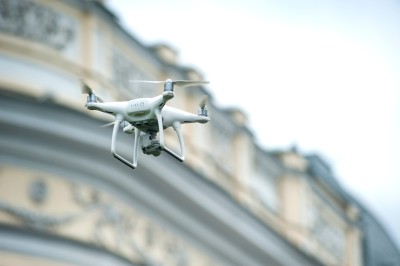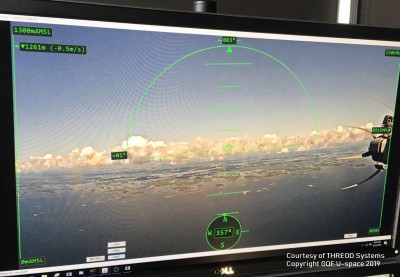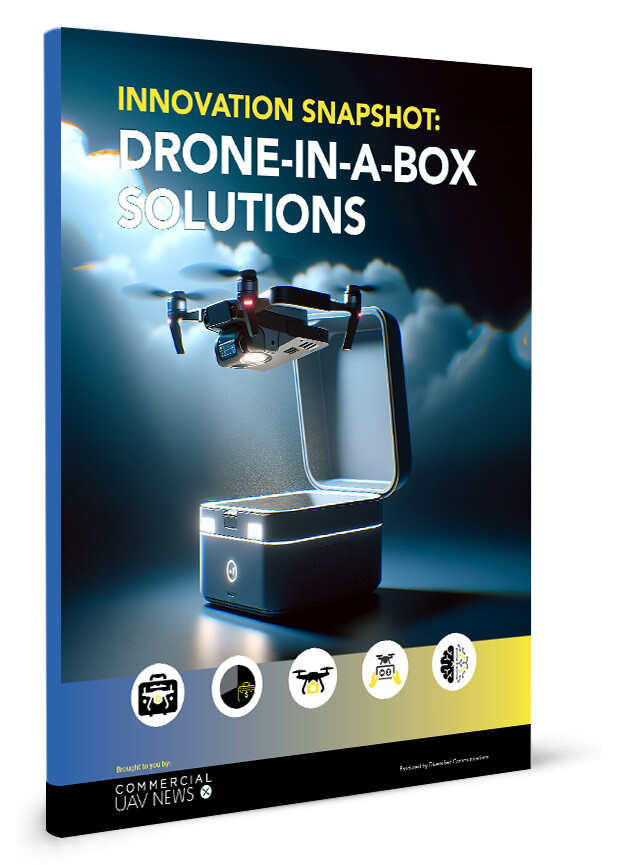Air traffic management (ATM) is at a crossroads. As a shared and interconnected infrastructure, ATM is under pressure to adapt better to fluctuating traffic, staff shortages and a rapidly evolving security context.  At the same time, climate change is adding to the urgency for ATM to accelerate its transition to cleaner, more sustainable operations. Against this pressing backdrop, the SESAR Joint Undertaking has today released the European ATM Master Plan 2025, the roadmap for modernising air traffic management and making Europe the most efficient and environmentally friendly sky to fly in the world by 2045.
At the same time, climate change is adding to the urgency for ATM to accelerate its transition to cleaner, more sustainable operations. Against this pressing backdrop, the SESAR Joint Undertaking has today released the European ATM Master Plan 2025, the roadmap for modernising air traffic management and making Europe the most efficient and environmentally friendly sky to fly in the world by 2045.
Air transport supports millions of jobs, drives economic growth, and connects people and businesses across Europe. Its trans-regional nature and critical safety and security requirements demand high levels of coordination, harmonisation, and interoperability across all stakeholders and close civil-military cooperation. This means that no single country or organisation can develop and implement alone the digital ATM solutions envisioned in the Digital European Sky 1, which are key to reducing aviation emissions and delivering resilient and scalable air traffic services.
The result of extensive stakeholder collaboration, the ATM Master Plan 2025 provides important strategic direction for investments and regulatory decisions. The plan outlines 10 investment priorities for the next decade, supporting the twin transitions of digitalisation and sustainability. A major change is the adoption of a data-driven, cloud-based service-delivery model 2 , enabling faster deployment of new features and better interoperability.
The plan also underscores the need for continued research and innovation, outlining 12 development activities that must be prioritised to help accommodate new users like drones and higher airspace operators, introduce higher levels of automation, and strengthen the security posture of ATM.
The transformation outlined in the plan holds significant value for the economy and society at large. A more efficient and reliable air transport system will enhance connectivity, boosting economic growth and development across the continent. It will also play a key role in the sector’s green transition. By 2040, there should be a return on investment of EUR 7 for every euro spent and up to 200 million tonnes of CO2 emissions will be saved. By 2050 those figures rise to EUR 17 for every euro spent, and up to 400 million tonnes of CO2 emissions saved - equivalent to nearly three years of Europe’s total aviation emissions.
Welcoming the plan, the European Commissioner for Sustainable Transport and Tourism, Apostolos Tzitzikostas said: "I envision transport leading Europe’s transition to a sustainable and competitive future, benefiting all Europeans. Aviation faces significant challenges, including security threats, increasing demand for flights, the urgent need to cut emissions, and inefficiencies in air traffic management. This new Master Plan is a united, forward-looking response, propelling the sector into the digital age while building a more resilient and efficient air transport network.”
Andreas Boschen, Executive Director, SESAR JU said: “Today marks the beginning of more focussed and urgent work on ATM modernisation. This roadmap is a game-changer. For the first time, it prioritises deployment objectives to guide investments and accelerate uptake. And in another first, it looks in detail at the remaining development priorities to achieve the Digital European Sky. We are aware of the challenges that lie ahead. To achieve our goal, we need a fit-for-purpose economic and technical regulatory framework, support for early movers, and the involvement of the entire ATM workforce in managing the transformation."
"The next ten years are crucial because without real progress, particularly on the service delivery model, the system will not cope with the expected traffic demands 3. So, let’s seize this opportunity to move forward together with clarity and conviction, ensuring Europe becomes the most effective and environmentally friendly sky to fly in the world by 2045,” he added.
Visit the European ATM Master Plan online.
[1] The Digital European Sky aims to make Europe the most efficient and environmentally friendly sky to fly in the world by delivering a fully scalable system for crewed and uncrewed aviation, supported by a digital ecosystem, full air-ground system integration, distributed data services and high levels of automation and connectivity. Deployment should be completed by 2045.
[2] https://www.sesarju.eu/servicedelivery
[3] In 2024, traffic volumes in many parts of the European Network are exceeding 2019 levels, and forecasts show a yearly increase of around 5 % until 2030 and a rise to approximately 16 million flights by 2050. At the same time, the airspace will become more complex to manage, as new types of air vehicles – such as zero-emission aircraft, drones, and military and high-altitude aircraft – share the sky.
Source: Press Release
















Comments